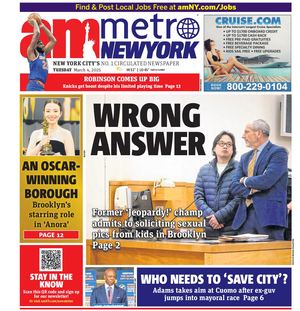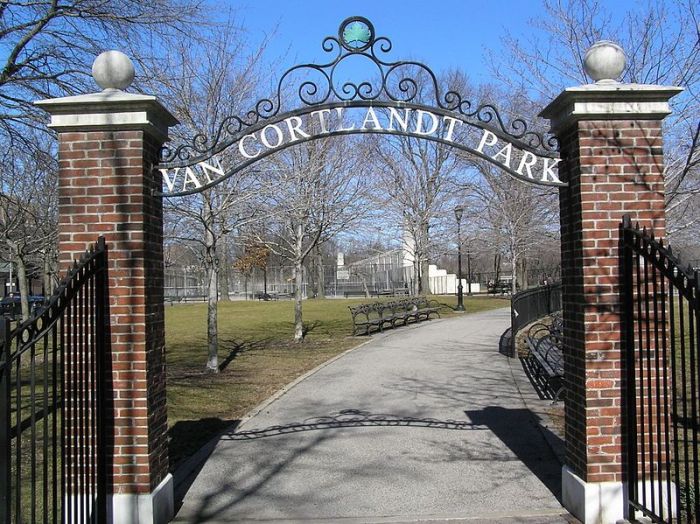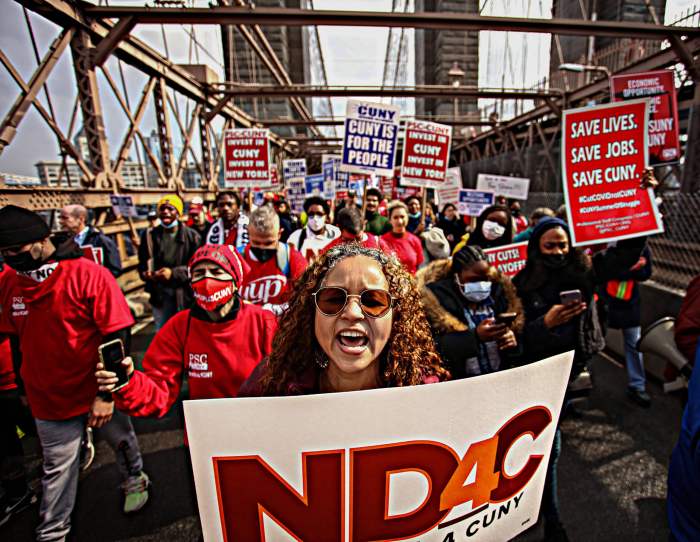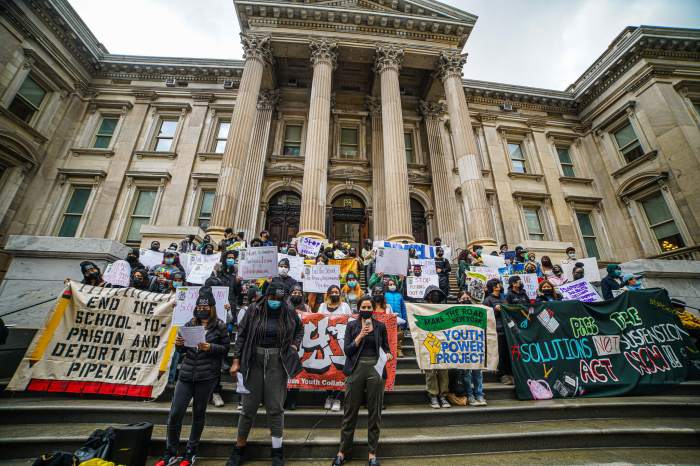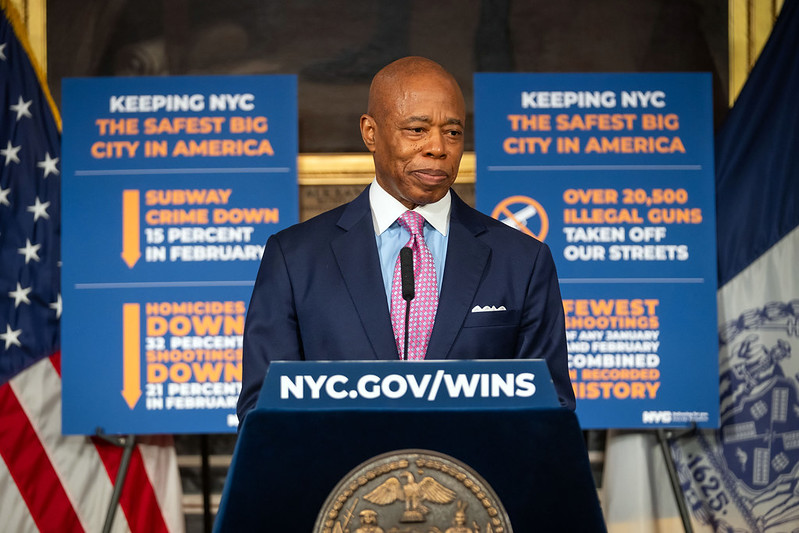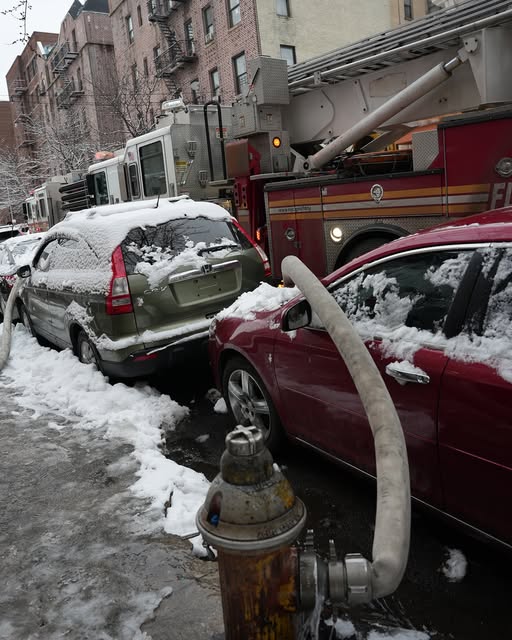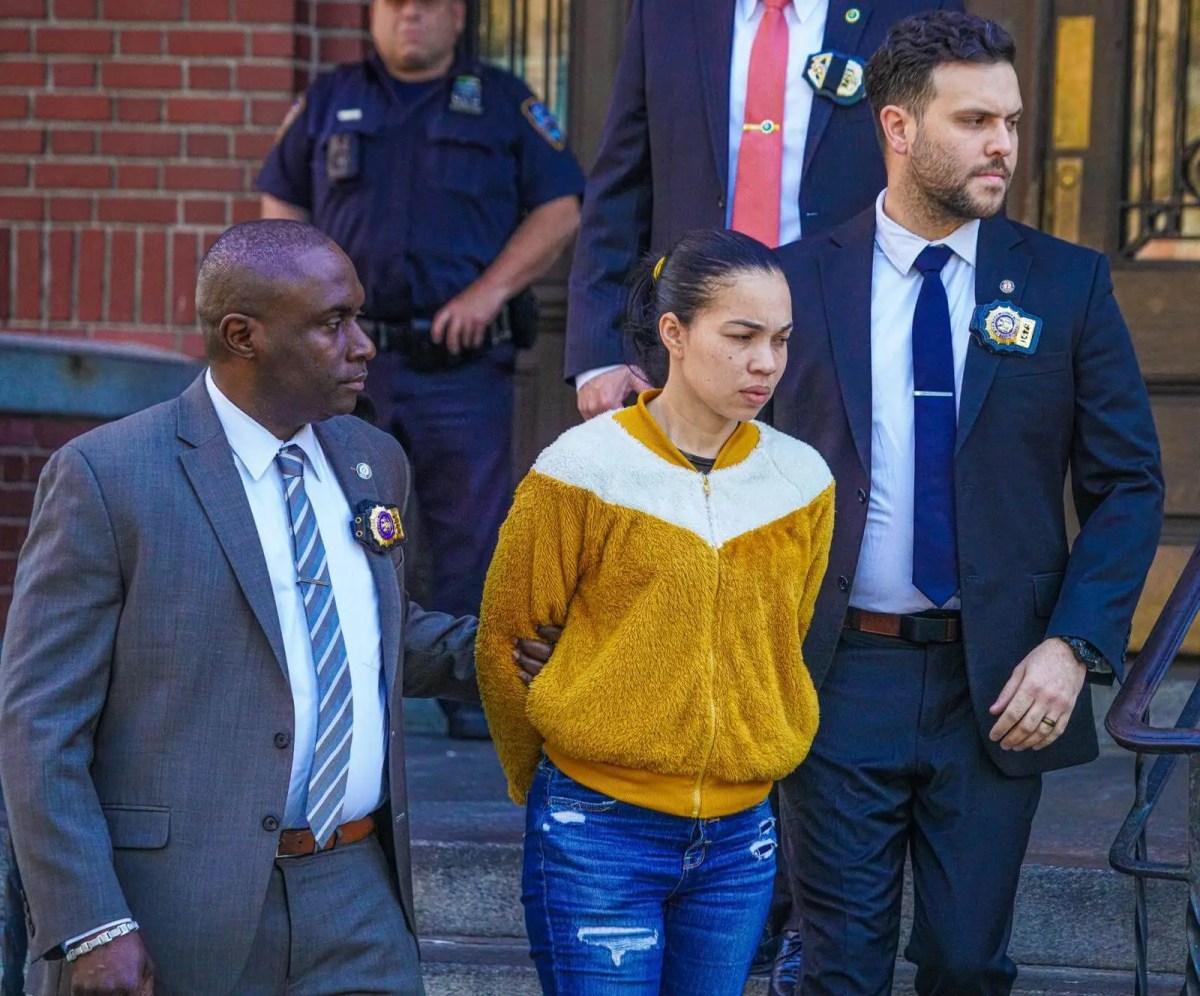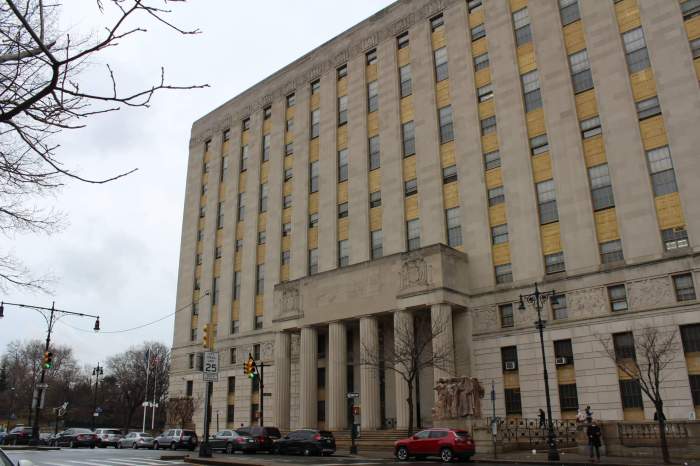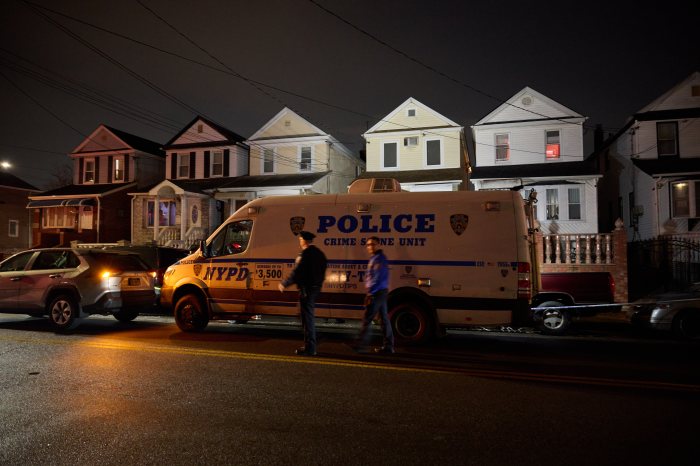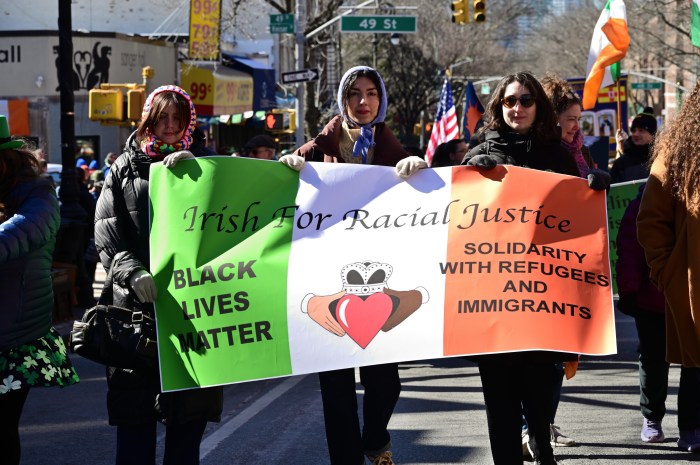Financial aid is coming for New York City students in temporary housing — including those who may be seeking asylum — as well as English language-learners and children with disabilities, Mayor Eric Adams and Schools Chancellor David Banks announced earlier this week.
The proposed $90 million in funding will be allocated towards certain students and schools for the 2023-24 school year, as part of changes made to the city’s Fair Student Funding formula, officials said on Jan. 23.
The funding comes on the heels of recommendations on how the city can best distribute resources across school, made by the Fair Student Funding Working Group last November. In a report, the group prioritized equity and driving resources towards historically marginalized communities that were disproportionately impacted by the COVID-19 pandemic.
The proposed weight changes will be up for review by the NYC DOE’s Panel for Educational Policy.
“Thanks to the work of our Fair Student Funding Working Group, we are prioritizing the needs and voices of students who have been long forgotten,” Adams said.
The Fair Student Funding formula is the main source of school budgets, taking up close to two-thirds. The formula is based on the number of students enrolled at each school and the needs of those students.
Fair Student Funding Working Group Co-Chairs Jasmine Gripper and Dia Bryant led the panel, which convened last summer. Over the course of three months, the group — comprised of Panel for Educational Policy members, elected officials, parents, and public school teachers — conducted community engagement sessions and examined policy improvements to NYC public schools.
“The task force worked really hard to think about what tweaks could be made,” Gripper said. “What I want to be realistic about is that a three month review of a formula is enough to make tweaks, and not actually to make an overhaul or substantial change.”
Chief among the accepted changes to the Fair Student Funding formula are additional resources and funding towards public school students who reside in temporary housing — including students in asylum-seeking families — and towards schools that serve a higher concentration of students with needs, including students living in poverty, students with disabilities, and English language-learners.
By adding students in temporary housing to the formula, the change is expected to drive roughy $45 million in funding to students in all five boroughs (according to the report, school districts 5 in Harlem, 6 in Hamilton Heights, Washington Heights and Inwood, 7 and 9 in the Bronx, 23 and 32 in Brooklyn are among those with the highest populations of students living in temporary housing).
However, the city’s proposed dollar amount is on the lower end of what the working group proposed, Gripper said.
“It’s actually a lowball amount from we first ran these changes to the formula,” Gripper said. “They’ve clearly had to make some tweaks to make it cost less. We really want to make sure that the full weight of the resources actually gets to the schools.”
The working group found that estimated funding for students in temporary housing would cost between $43 million and $86 million. Estimated funding for the added concentration weight would cost between $60 million and $120 million, the report states.
Still, officials said, the added resources will help tremendously.
“These changes are representative of New York City public schools’ commitment to working directly with our communities,” Banks said, noting that resources will be given to schools at the discretion of principals, in consultation with the School Leadership Teams, groups who develop educational policies for their school.
Banks also lauded the working group for their hard work in crunching the numbers.
“This was complicated work they took on,” the schools chancellor said.
Gripper said she hopes the city’s allocation will signal continued funding from the Adams administration — as opposed to the cuts the Department of Education has seen in recent years.
“The bigger thing I hope this is signaling is that the mayor is going to reverse his course around cutting funding from the DOE and our schools,” Gripper said. “[I hope we can] get back on track to making sure our schools have the resources that they need to support our students, especially our most vulnerable students.”
“We’re really encouraged to see DOE actually make additions to school funding and into the Fair Student Funding,” Gripper added. “It’s all steps in the right direction.”
